- Have any questions?
- +86-189 8930 5995
- sales@mosinterchem.com.cn
Methylene blue CAS 61-73-4

Catechol Violet CAS 115-41-3
21/12/2018
Azure II CAS 37247-10-2
21/12/2018| Model: | MOS 61-73-4 |
| Brand Name: | MOSINTER |
| CAS No.: | 61-73-4 |
| Molecular formula: | C16H18ClN3S |
| Molecular weight: | 319.85 |
| Melting Point: | 190 °C (dec.)(lit.) |
| Density: | 1.0 g/mL at 20 °C |
| Flashing point: | 45 °C |
| Storage condition: | Store at RT |
| Colour index (CI): | 52015 |
| Soluble: | 40 g/L (20 ºC) |
Methylene blue (CAS: 61-73-4)
| Item | Index |
| Appearance | Brown powder |
| Melting point ℃ | 190 |
| Density(g/ml) | 1.0 |
| Flash point ℃ | 45 |
Methylene blue (CI 52015) is a heterocyclic aromatic chemical compound with the molecular
formula C16H18N3SCl. It has many uses in a range of different fields, such as biology and chemistry.
At room temperature it appears as a solid, odorless, dark green powder, that yields a blue solution when
dissolved in water. The hydrated form has 3 molecules of water per molecule of methylene blue.
Methylene blue should not be confused with methyl blue, another histology stain, new methylene
blue, nor with the methyl violets often used as pH indicators.
As an experimental pharmaceutical drug, the International Nonproprietary Name (INN) of methylene
blue is methylthioninium chloride.
Methylene blue was first prepared in 1876 by German chemist Heinrich Caro (1834-1910). It is on the
World Health Organization’s List of Essential Medicines, a list of the most important medication
needed in a basic health system.
Malaria
Methylene blue was identified by Paul Ehrlich about 1891 as a successful treatment for malaria. It disappeared
as an anti-malarial during the Pacific War in the tropics, since American and Allied soldiers disliked its two
prominent, but reversible side effects: turning the urine green, and the sclera(the whites of the eyes) blue.
Interest in its use as an anti-malarial has recently been revived, especially due to its low price. Several clinical
trials are in progress, trying to find a suitable drug combination. Initial attempts to combine methylene blue
with chloroquine were disappointing; however, more recent attempts have appeared more promising.
Cancer
Recent research suggests that methylene blue, toluidine blue, and other 3,7-diaminophenothiazinium-based redox
cyclers induce selective cancer cell apoptosis by NAD(P)H:quinone oxidoreductase (NQO1)-dependent bioreductive
generation of cellular oxidative stress. Combined with plant auxin (indole-3-acetic acid), methylene blue is being
investigated for the photodynamic treatmentof cancer.
Combined with light
Methylene blue combined with light has been used to treat resistant plaque psoriasis, AIDS-related Kaposi’s sarcoma,
West Nile virus, and to inactivate staphylococcus aureus, HIV-1, Duck hepatitis B, adenovirus vectors, and hepatitis C.
Phenothiazine dyes and light have been known to have virucidal properties for over 80 years. In some circumstances,
the combination can cause DNA damage that may lead to cancer.
Carbon monoxide poisoning
Methylene blue was also used in the mid-twentieth century in the treatment of carbon monoxide poisoning.
Ifosfamide neurotoxicity
Another, less well-known use of methylene blue is its utility for treating ifosfamide neurotoxicity. Methylene blue was
first reported for treatment and prophylaxis of ifosfamide neuropsychiatric toxicity in 1994. A toxic metabolite of
ifosfamide, chloroacetaldehyde (CAA), disrupts the mitochondrial respiratory chain, leading to an accumulation of
nicotinamide adenine dinucleotide hydrogen (NADH). Methylene blue acts as an alternative electron acceptor, and
reverses the NADH inhibition of hepatic gluconeogenesis while also inhibiting the transformation of chloroethylamine
into chloroacetaldehyde, and inhibits multiple amine oxidase activities, preventing the formation of CAA. The dosing
of methylene blue for treatment of ifosfamide neurotoxicity varies, depending upon its use simultaneously as an adjuvant
in ifosfamide infusion, versus its use to reverse psychiatric symptoms that manifest after completion of an ifosfamide
infusion. Reports suggest that methylene blue at 50–60 mg up to six doses a day have resulted in improvement of symptoms
within 10 minutes to several days. Alternatively, it has been suggested that intravenous methylene blue 50 mg every six hours
for prophylaxis during ifosfamide treatment in patients with history of ifosfamide neuropsychiatric toxicity. Prophylactic
administration of 50 mg of methylene blue the day before initiation of ifosfamide, and 50 mg three times daily during ifosfamide
chemotherapy has been recommended to lower the occurrence of ifosfamide neurotoxicity.
You must be logged in to post a review.

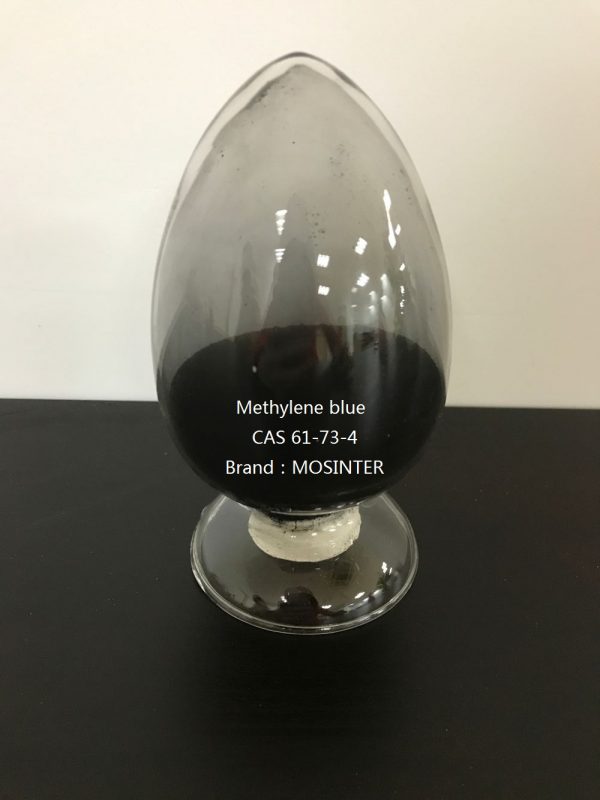
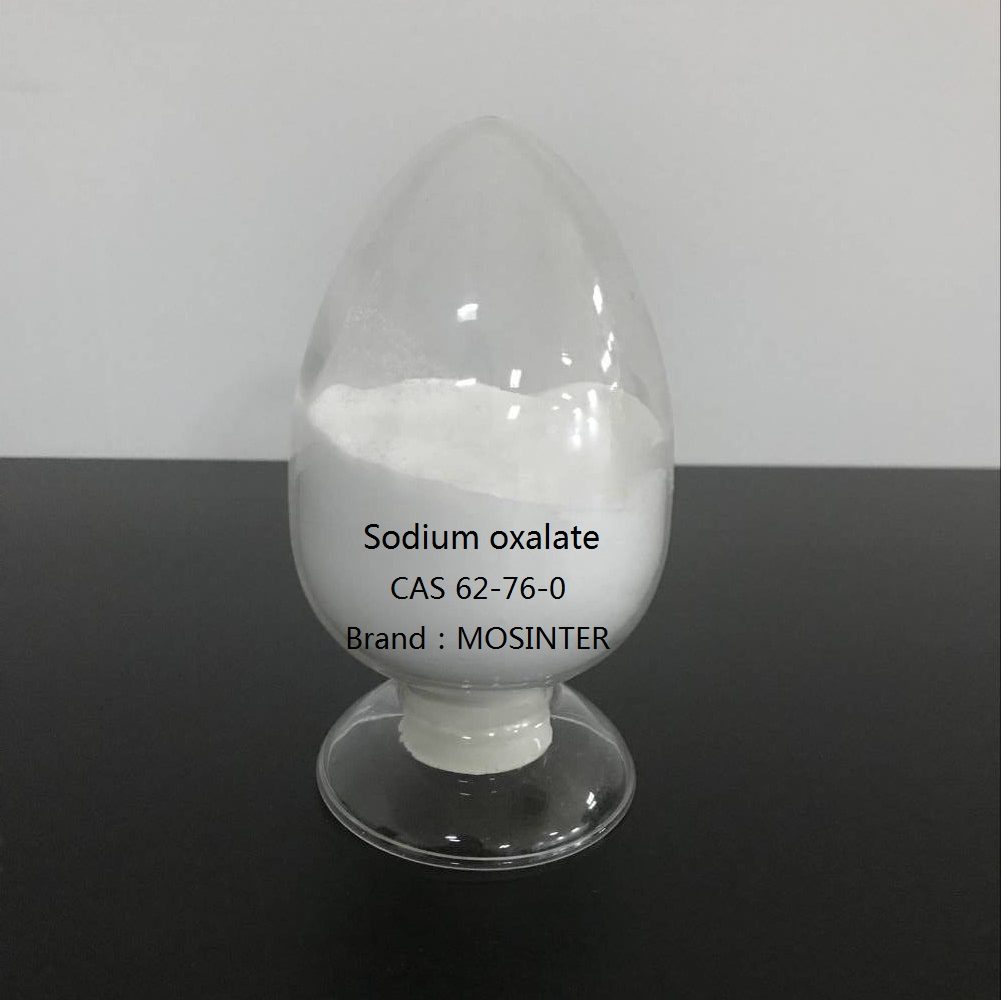
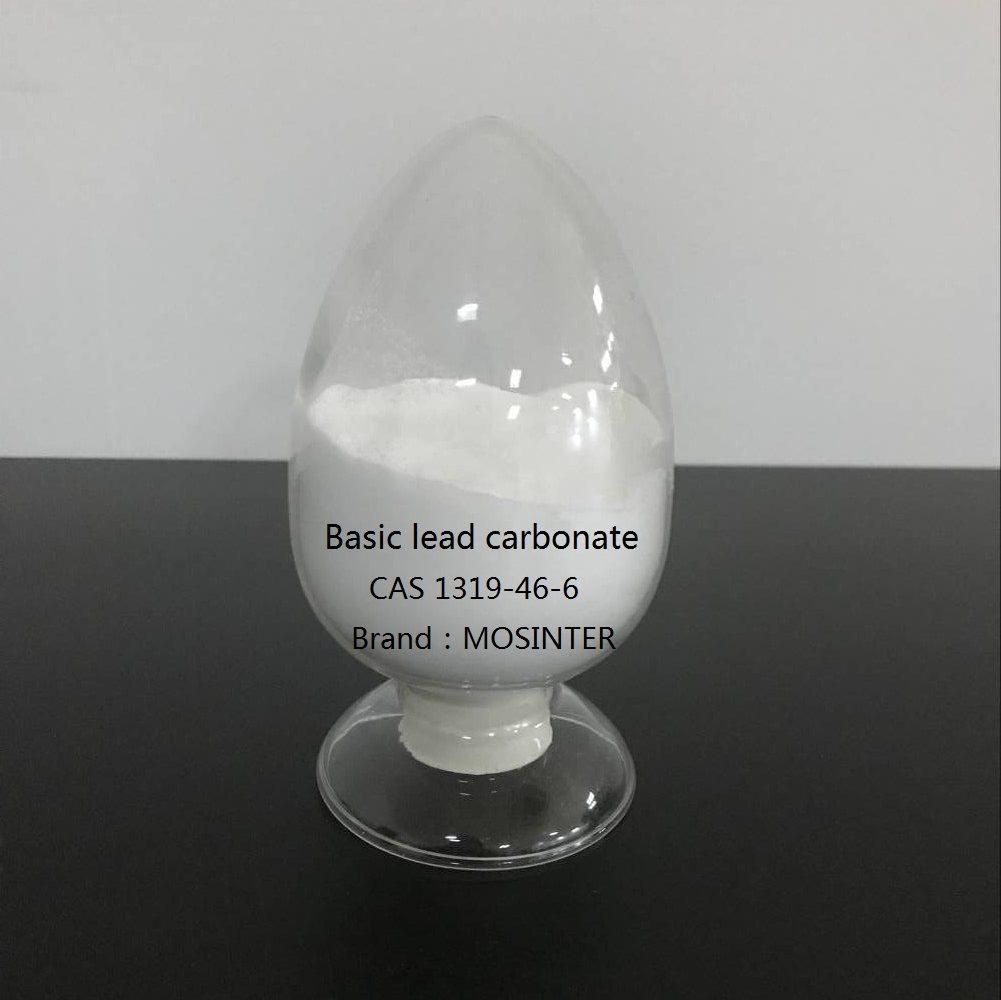
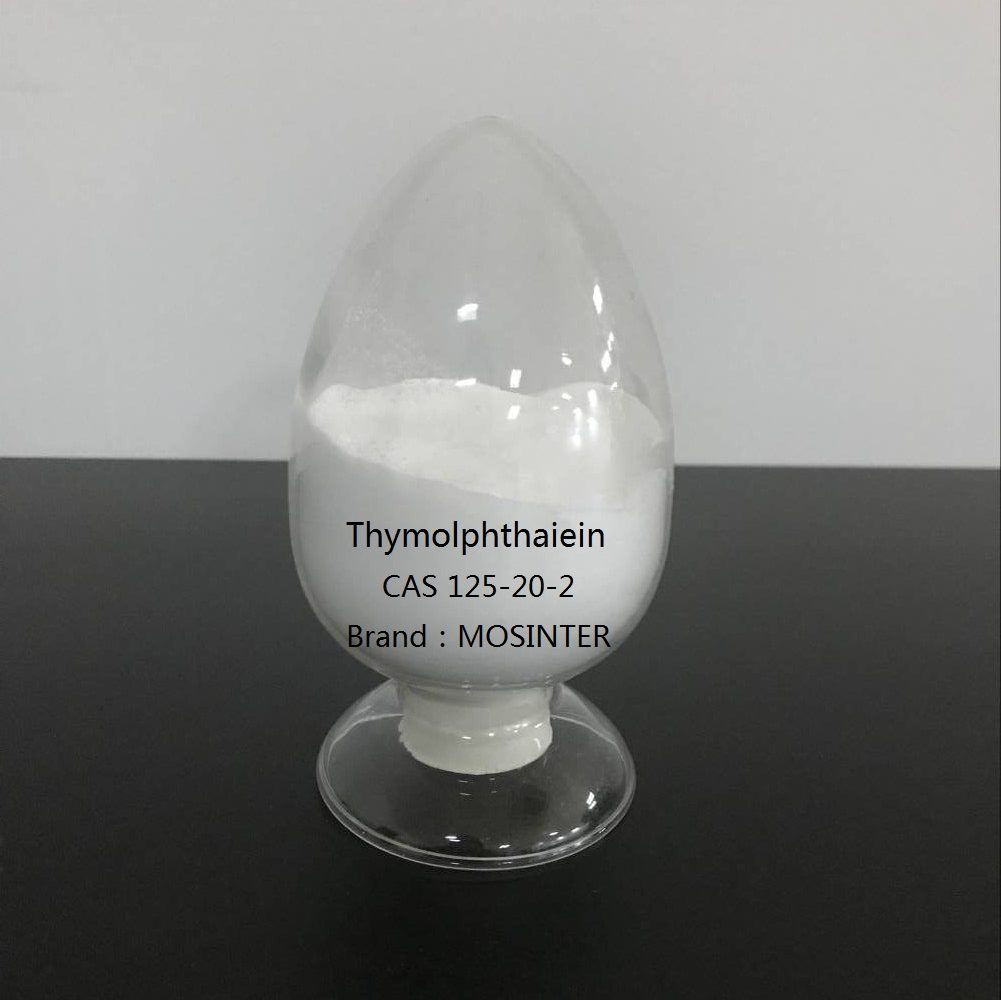
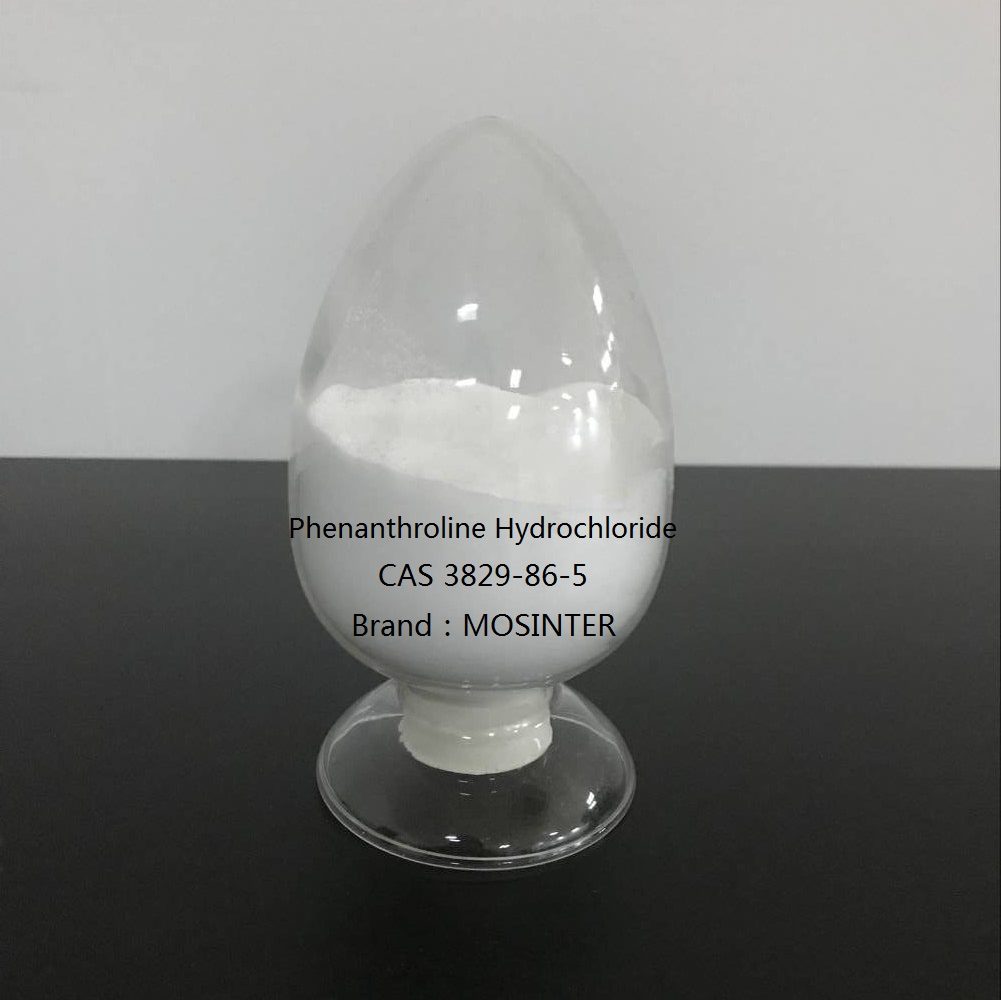
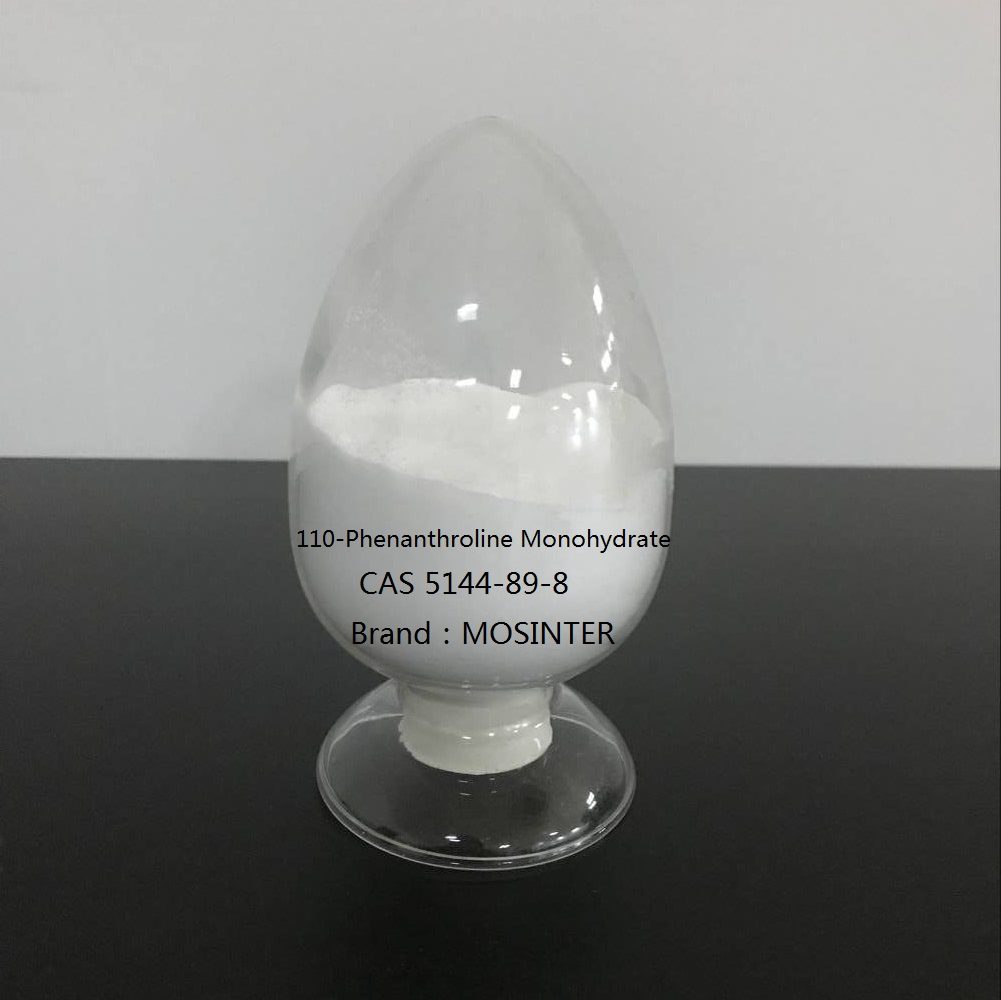
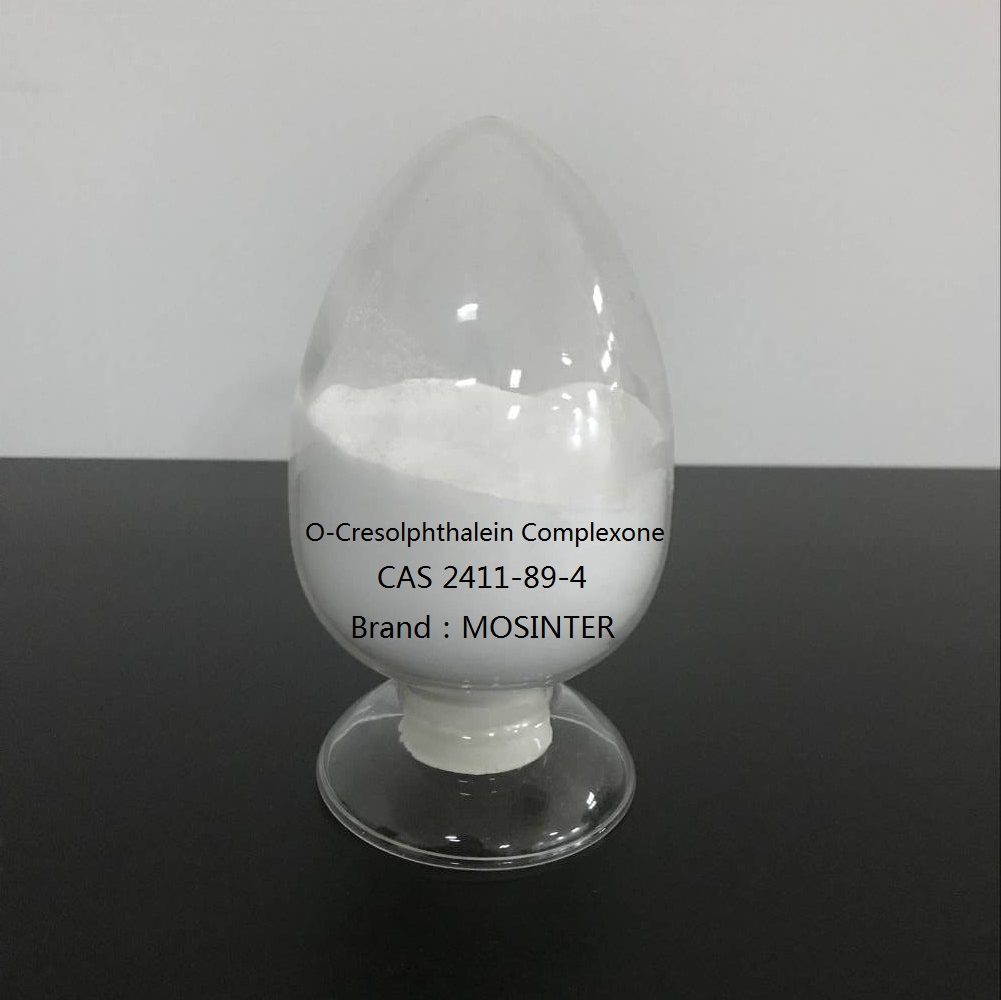
Reviews
There are no reviews yet.